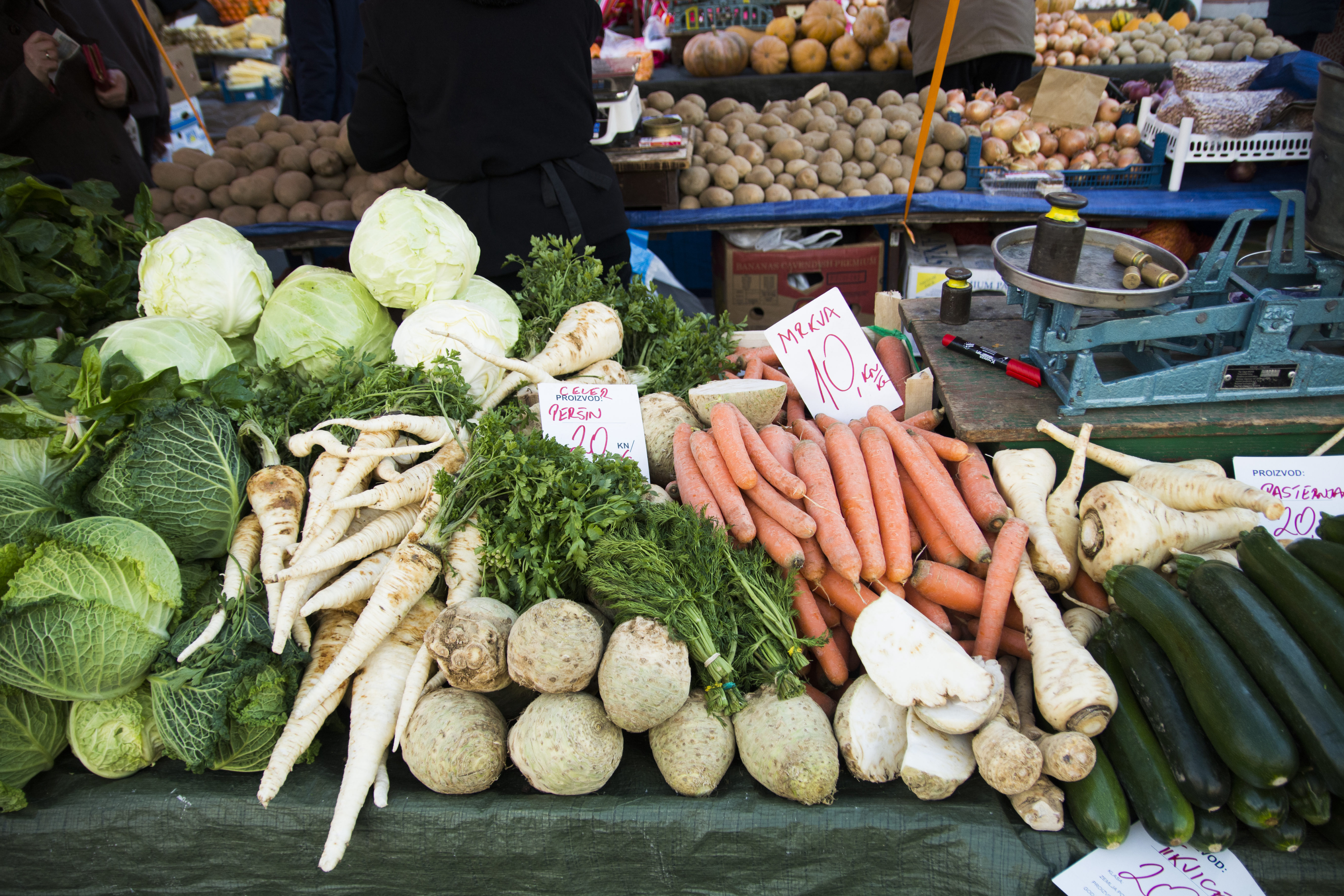Did you know Croatia is broken up into four distinct regions, each of which has its own culture? Dalmatia, on the coast, is very Mediterranean. Istria, in the north, has Italian influences. Slavonia, in the northeast, pulls from the Hungarian side of the country. And Croatia Proper is a wonderful mix of a few different cultures all in one.
Take a look at the cities found amongst these regions and what makes them so special:
Discover Dubrovnik, known as the “Pearl of the Adriatic.”
Once you see the Old Town (a UNESCO World Heritage site) of Dubrovnik, full of well-preserved medieval streets and architecture, you’ll understand why this city is the travel destination for vacationers around the world.
Traveling to Dubrovnik is like traveling through time. It’s no wonder film studios love the location (Star Wars, Robin Hood, and Game of Thrones are just a few of the movies and television shows filmed here)—it’s a stunning setting just as it is.
The best way to fully appreciate Dubrovnik is to put on your walking shoes and make your way around the town’s wall. You can walk the entire perimeter and get a good idea of what all to see in the city. And don’t miss Buza Bar, a literal “hole in the wall” where you can get cold beverages while overlooking the sea.
Just a short water taxi ride away is Lokrum Island, an ideal swimming spot for the sporty, and another Game of Thrones hot-spot for the fans. In fact, the island is home to a monastery where you can sit in a reproduction of the Iron Throne. There’s also beautiful forestry to explore for any nature lovers.
Relax in the chic resort town, Opatija.
Once upon a time, Opatija was the luxury resort town for the elite Austro-Hungarians. Over the years, the political climate and ownership of the area changed, and Opatija fell by the wayside. Fortunately, those wayside days are no more—Opatija is back to the splendor it once was, luring travelers in for its spectacular spas, seafood, and more.
The grand resort town on the coast is an intriguing mix of Mediterranean and Viennese culture. Elegant, vintage villas and hotels line the promenade juxtaposed with seaside greenery and palm trees. Trendy shops, restaurants, and bars have popped up over the last decade, bringing Opatija into the 21st Century, but without compromising the original architecture.
Diocletian’s Palace is just one of the stunning sights to see around Split.
Diocletian’s Palace greatly resembles the city it resides in—a beautiful blend of tradition and modernity. The palace, built in 295 A.D., is ancient, and yet, people still reside within its walls today—adaptation at its finest.
Split similarly has adapted. Museums and centuries-old landmarks stand next to modern shops and fashionable cafes, beckoning passerby in for more.
After some shopping, cool off with a swim at Bacvice Beach, a popular swimming destination in Split. Feeling hungry? Sample street food just off the sand for a midday snack.
Leave the coast behind for magical Motovun.
So many people focus on the coast of Croatia, they miss out on the beauty within the country. And a fine example of that beauty is Motovun, a small village atop a hill that could be straight out of a storybook.
The nearby Forest of Motovun provides a perfect setting for truffle hunting, an age-old and lucrative pastime. Truffles add a refinement to any dish, but in Croatia, for only a fraction of the cost.
The desserts alone are reason enough to visit Slavonia’s Osijek.
Slavonia is unlike any other region in Croatia. With Hungarian influences, the northeast section of the country feels more European than Mediterranean. And what’s more European than pastry shops and ice cream parlors around every corner?
Decadent cakes, pastries, pancakes, and more are served covered with whipped cream and drizzled with deluxe chocolate sauce. And if you’re really feeling fancy, enjoy fruit slices as a garnish.
Be a full-on tourist in Croatia’s capital—Zagreb.
Sometimes, you just have to bring out your camera and embrace your inner tourist. And that’s the case in Zagreb, Croatia’s capital that’s full of things to do and places to see.
The arts thrive here. Head to a cinema, concert hall, theatre, or museum on any given day, and you’ll find a performance or activity to take part in.
Mornings are for shopping at the open street market, Dolac, located between Upper and Lower Towns. Sample from a selection of cheeses, meats, vegetables, and more, prepared by the locals.
At night, turn up at the many electric bars and nightclubs or chill out to the soulful jazz clubs, with a carefully crafted cocktail in hand.
Celebrate nature in Zadar and its surrounding parks.
A solar powered dance floor honoring the sun. A massive harmonica played by the sea. These are just a couple of the eclectic reasons you need to see Zadar, a coastal town similar to Dubrovnik, but without the crowds and high prices.
Zadar clearly embraces nature, from the Sun Salutation and Sea Organ landmarks, to the Museum of Ancient Glass, to the Archaeological Museum. And every time you look upon the Adriatic, you’ll see nature at her finest.
Just outside Zadar lie multiple natural wonders, including the transcendent Plitvice Lakes, rugged Kornati Islands, and serene Krka waterfalls, each of which will bring you closer to the earth than you may have thought possible.
Croatia’s calling…
Wishing you could sit upon the Iron Throne? Looking to dance the night away on the Sun Salutation dance floor? Get in touch to see how you can start creating your very own itinerary to discover Croatia today.




